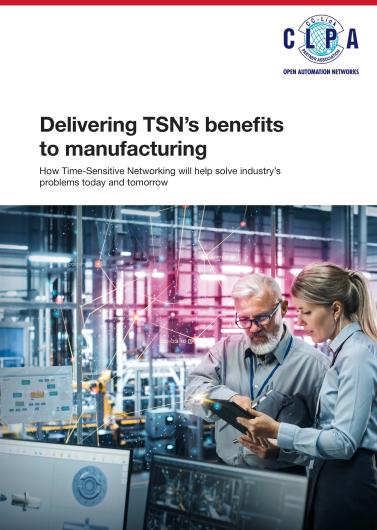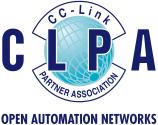Delivering TSN’s benefits to manufacturing

Delivering TSN’s benefits to manufacturing
Description
The transformative potential of Industry 4.0-oriented digital technologies in manufacturing is widely
recognised. However, the “explosion” of data these have created is a double-edged sword. On the
one hand, the data has the potential to be transformed into valuable information that can deliver
actionable insights for optimising processes. But on the other, if not managed well, this data threatens to become a tidal wave that will overwhelm companies and create more problems than it solves.
Key to the management of this data is a converged, high bandwidth network infrastructure in order
to succeed with value-adding digital transformation strategies. In simple terms, convergence is
the concept of allowing everything to share the same network architecture to communicate,
hence avoiding the complexity and cost of multiple networks. The ideal system should be the
foundation of high-speed, real-time deterministic communications between disparate devices
and systems, allowing data to be shared across the entire enterprise, regardless of its source or
destination. The ultimate aim is to provide the process transparency required for fully optimised
operations by allowing the data to flow from its source to where it can be processed to obtain
actionable insights and then fed back into the process. This does not just apply to supervisory
systems. Having real-time control and coordination of multiple different shop floor or operational
technology (OT) systems is also critical.
This white paper explores the network technology that can address these challenges, Time-
Sensitive Networking (TSN). TSN can deliver four specific benefits to a range of industries,
specifically:
1. Reduce costs, shorten project timelines and increase uptime by simplifying network
architectures and hence machine designs. By employing convergence, systems no longer
need multiple network types to handle all process traffic.
2. Deliver greater process transparency and optimised operations. As a consequence of
converged network architectures, having data flow to where it is needed is simplified. As we
discussed above, this is the key to managing processes in the best way.
3. Greater productivity, as optimised processes will run in the most productive way.
4. Better integration of OT and information technology (IT) systems, as a converged stream of
data can be shared from the factory floor to supervisory systems more easily. Hence getting
the data to where it can be analysed is simplified and this further contributes to process
optimisation.







